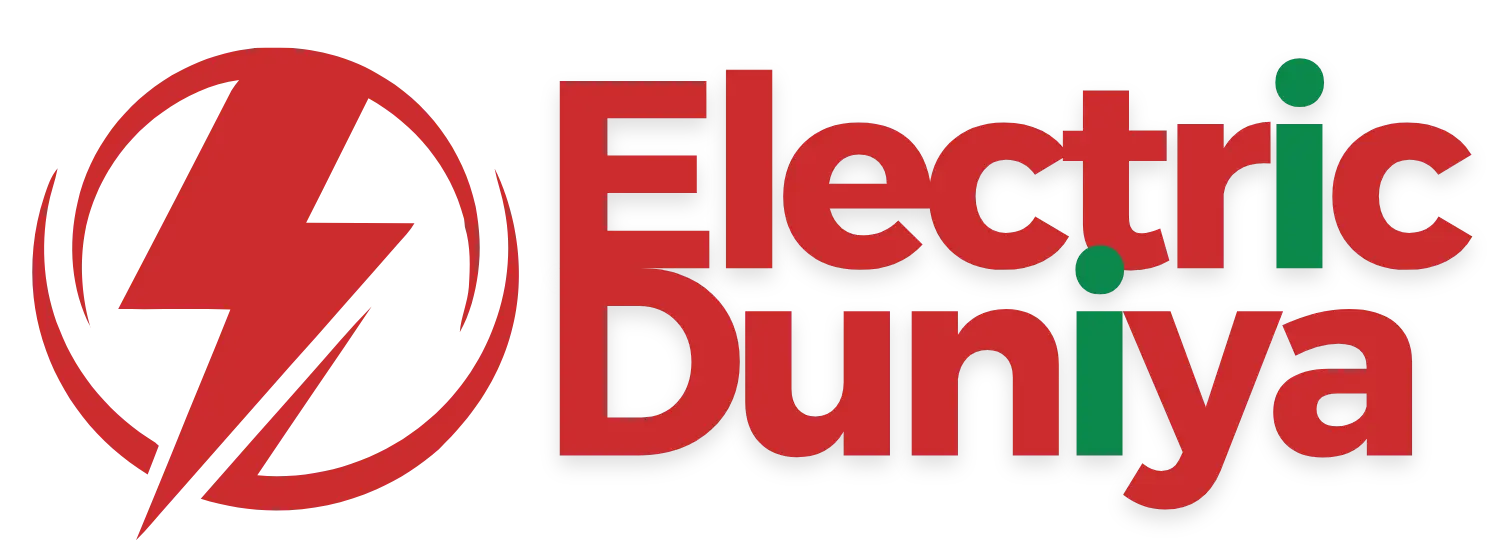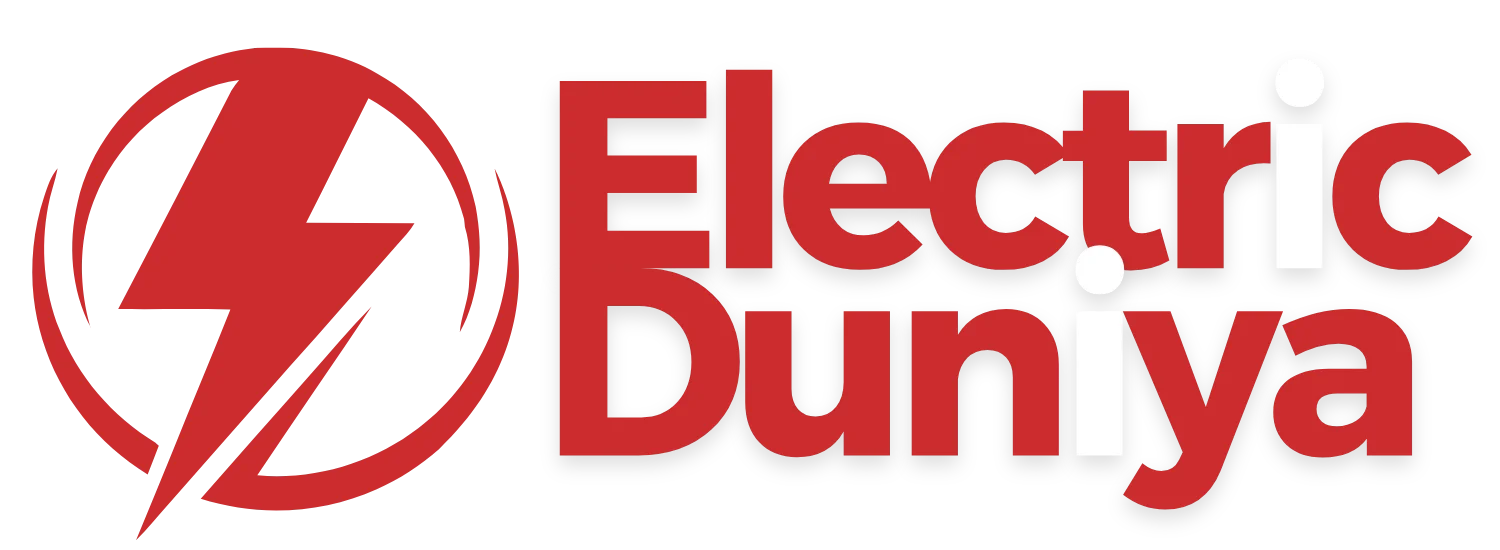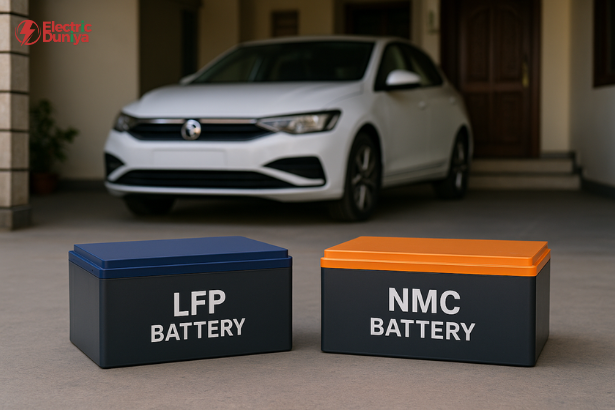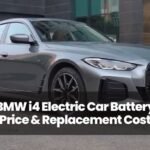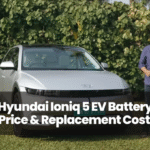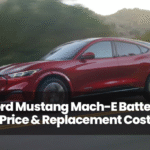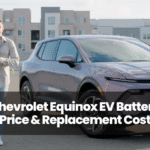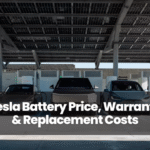If you’ve ever compared two electric vehicles and wondered why one has more range while the other costs less, the answer often lies inside the battery.
Modern EVs primarily use LFP (Lithium Iron Phosphate) or NMC (Nickel Manganese Cobalt) batteries. Together, these chemistries account for more than 90% of the global EV battery market, shaping how far, how safe, and how long an EV performs.
From my years testing and analyzing electric drivetrains, I’ve seen firsthand how each battery type brings distinct advantages. LFP packs are robust and thermally stable, while NMC variants deliver high energy output and efficiency.
Understanding their differences isn’t just technical curiosity—it’s the key to choosing the right EV for your needs and driving environment.
| Parameter | LFP (Lithium Iron Phosphate) | NMC (Nickel Manganese Cobalt) | Best For |
|---|---|---|---|
| Energy Density (Wh/kg) | 160–200 | 220–270 | Long-range EVs |
| Battery Lifespan (Cycles) | 3,000–4,000+ | 1,000–2,000 | Long-term use |
| Cost per kWh | $80–100 | $110–140 | Budget-friendly EVs |
| Charging Speed (kW) | Moderate | Fast | Performance EVs |
| Operating Temperature Range | Wider, better in heat | Narrower, better in cold | Climate-based choice |
| Safety Level | Excellent (low fire risk) | Moderate (requires cooling) | Family or fleet EVs |
| Sustainability | High (no cobalt/nickel) | Moderate (uses cobalt) | Eco-conscious models |
| Weight-to-Power Ratio | Lower | Higher | Sports and premium EVs |
| Maintenance/Degradation | Slow, predictable | Faster at high C-rate | Regular fast chargers |
What Are LFP and NMC Batteries?
At the core of any EV battery lies its cathode chemistry, which determines energy density, safety level, and lifecycle.
LFP batteries use a Lithium Iron Phosphate cathode. They rely on a cobalt-free composition, which makes them more sustainable and thermally stable. The crystal lattice of iron phosphate bonds strongly with lithium ions, offering high structural integrity during charging and discharging. This results in low internal resistance, higher Depth of Discharge (DoD) tolerance, and remarkable longevity. However, their energy density averages around 160–200 Wh/kg, which is lower than that of NMC cells.
NMC batteries, on the other hand, use a Nickel-Manganese-Cobalt Oxide cathode. Their design enhances ionic conductivity and allows higher C-rates for rapid charging and discharging. Variants such as NMC 811 (80% nickel) boost energy output while reducing cobalt dependency. The trade-off is reduced thermal stability—NMC packs tend to operate optimally within a narrower temperature range and require advanced cooling systems to prevent thermal runaway.
What’s the Difference Between LFP and NMC Batteries in Durability and Safety?
Durability often defines ownership cost, and here LFP has the upper hand. These batteries can easily last twice as long as NMC in consistent high-cycle use. Their electrode porosity and thermal conductivity prevent rapid temperature spikes during heavy loads, making them almost immune to combustion incidents.
In contrast, NMC batteries operate closer to their thermal threshold—around 210 °C compared to 270 °C for LFP. This requires robust battery pack enclosure materials and liquid-cooling systems to keep cells within safe limits. Still, NMC delivers superior power density and acceleration response, which explains why high-performance EVs continue to prefer it despite tighter safety margins.
From personal experience testing both chemistries under Indian summer conditions, LFP packs perform more consistently in stop-and-go traffic and extreme heat. They maintain lower cell temperatures even when the ambient air exceeds 40 °C, which contributes to their reputation for safety and reliability in tropical regions.
LFP vs NMC Battery Comparison in Cost and Availability
The price difference between these two chemistries has reshaped how automakers design and market electric cars. LFP batteries cost around $80–100 per kWh, while NMC packs range between $110–140 per kWh. The reason lies in the raw materials. LFP relies on iron and phosphate, both abundant and inexpensive. In contrast, NMC depends on nickel and cobalt, two metals with volatile supply chains and high extraction costs.
Manufacturers in China and India increasingly favor LFP for mass-market EVs because of its lower production cost and stable sourcing. This cost advantage doesn’t compromise quality. The latest cell-to-pack (CTP) integrations and Blade battery designs, popularized by BYD, have boosted volumetric efficiency and energy density, closing much of the performance gap with NMC.
From an engineering viewpoint, LFP’s simpler cathode structure also means less degradation over time. This translates into lower cost per cycle, a metric fleet operators and taxi companies pay close attention to. NMC, though more expensive, remains the chemistry of choice for high-end vehicles where performance metrics like acceleration, long range, and high voltage output justify the premium.
Which Battery Handles Climate and Charging Conditions Better?
Temperature has a powerful effect on how lithium-ion cells behave. LFP batteries perform best between 10 °C and 45 °C, making them ideal for warm climates. Their thermal conductivity is higher, allowing even heat distribution across cells. This keeps internal resistance low and prevents degradation in regions with high humidity and heat, such as India or Southeast Asia.
NMC batteries, however, maintain better performance in cold environments. They accept charge faster in sub-zero conditions where LFP cells can slow down due to limited ionic conductivity of the electrolyte. Automakers address this by using pre-heating systems or AI-based battery diagnostics that optimize charging parameters based on weather patterns and driving habits.
When it comes to charging speed, NMC wins on paper, supporting higher C-rates and rapid charging sessions up to 350 kW, provided thermal management is efficient. LFP typically charges at a moderate rate but offers consistent behavior even after thousands of sessions, which is valuable for urban users who plug in daily rather than relying on fast chargers.
Which Battery Do Automakers Prefer in 2025? (Real Brand Choices)
Automaker preference often reflects the balance between cost, performance, and target market.
- LFP adoption has surged with brands like Tesla, BYD, MG, and Tata Motors, particularly for their standard-range or city-focused EVs. Tesla’s decision to switch its entry-level Model 3 and Model Y to LFP cells marked a major industry shift.
- NMC technology still dominates in premium EVs such as the Hyundai Ioniq 5, Kia EV6, BMW i4, and Mercedes EQ series. These models benefit from the high-nickel NMC 811 composition, delivering longer ranges and faster acceleration.
Interestingly, some manufacturers are offering both options. This dual-strategy approach lets consumers choose between long-term durability (LFP) and superior range (NMC) depending on driving style and regional conditions.
Will LFP Overtake NMC in the Future?
Looking at current trends, LFP’s market share is accelerating rapidly. According to industry projections, its global adoption could rise from 30 percent in 2023 to over 60 percent by 2030. The reasons are clear: cost efficiency, safety improvements, and chemistry innovations. New M3P and LMFP formulations are improving energy density by 15–20 percent without compromising safety.
Meanwhile, NMC will continue to lead in long-range and performance EVs where high voltage and specific power output remain critical. The next frontier lies in combining both strengths—using AI-driven pack management, V2G readiness, and solid-state interfaces to extend range and reduce degradation simultaneously.
As an engineer who has watched the evolution of EV chemistry over the last decade, I believe we’re entering a hybrid era where chemistry choice becomes application-specific rather than one-size-fits-all. For mass-market electric cars and urban fleets, LFP is clearly the future. For high-performance or cold-region vehicles, NMC still holds its ground.
Conclusion
In the LFP vs NMC debate, there’s no universal winner — only suitability.
- Choose LFP for reliability, safety, and cost efficiency.
- Choose NMC for energy density, range, and performance.
What truly matters is how manufacturers integrate these chemistries into the broader EV architecture — from battery pack enclosure materials to thermal management and AI control systems. As EV adoption accelerates, both chemistries will coexist, each serving its purpose in the electric future.
When I look at today’s landscape, I see progress on every front. LFP is no longer the underdog; it’s the dependable workhorse driving EV affordability worldwide. NMC continues to lead innovation for high-performance cars.
And together, they represent the two beating hearts of the global electric revolution — one built for endurance, the other for power.
